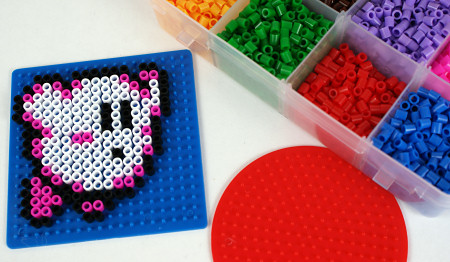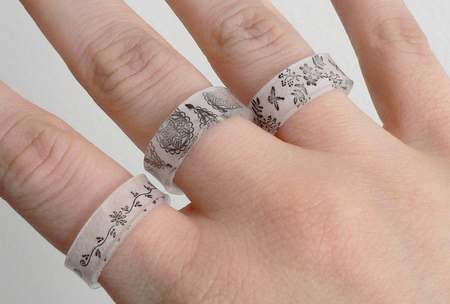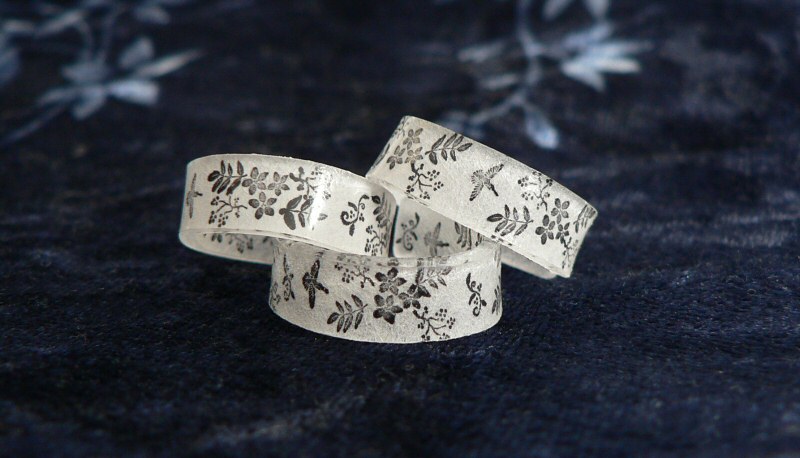
A couple of years ago, I bought 2 bottles of IKEA Pyssla – more commonly known as Perler or Hama beads, or the generic name, fuse beads. If you’re not familiar with them, they’re little plastic beads that you arrange into a pattern or picture on a special pegboard, then heat using your iron to […]






















